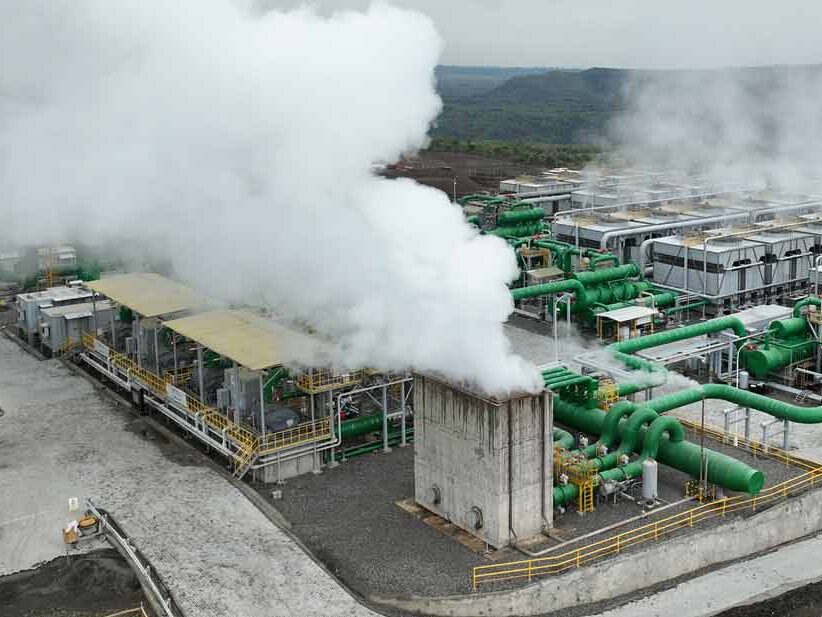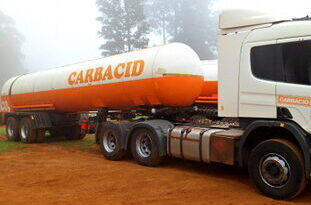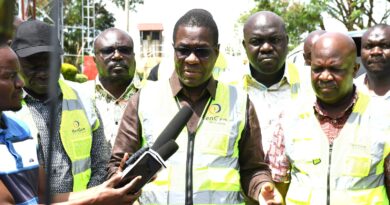105MW Menengai geothermal project to power 500,000 homes

Half a million homes will get clean power from the multi-billion shilling Menengai geothermal power project by next year, according to the African Development Bank (AfDB), which is one of the funders of the project.
The 105MW project is located in Nakuru County and once complete, it will have three power plants each with a capacity of 35MW. The first plant was built by Nairobi-based Sosian Energy and became operational in August 2023.
The second, currently under construction by Globeleq, one of Africa’s top independent power producers, is expected to come on stream by the end of 2025. Once the third plant is added, the Menengai geothermal facility will boast a total installed capacity of 105MW, generating 1,000GWh of electricity annually.
The Menengai field was developed by the Geothermal Development Company (GDC), a fully State-owned company that was established in 2008 to derisk investment in the field by prospecting and developing geothermal resources.
“We are right at the heart of the Menengai Caldera. Once completed, the project will provide reliable and affordable baseload power to Kenya’s national grid,” said Globeleq Managing Director Edouard Wenseleers.
The Menengai project is backed by a $198.4 million (Ksh25.6 billion)investment from international partners, including the AfDB, which provided $120 million (Ksh15.5 billion) in financing through its concessional lending window.
The lender also mobilized additional funding from partners such as the Strategic Climate Fund, the Eastern and Southern African Trade and Development Bank (TDB), and the Finnish Fund for Industrial Cooperation.
“Beneficiaries of the power will include 70,000 in rural areas, as well as 300,000 small businesses and industries,” said the AfDB.
The Kenya Electricity Transmission Company (KETRACO), another entity fully owned by the government, will evacuate the power from the plants at high voltage after which it will be distributed to consumers by Kenya Power.
The Menengai geothermal project aligns with Kenya’s Vision 2030 development plan and aims to reduce greenhouse gas emissions by 1.95 million tonnes of CO2 annually. It’s also part of Kenya’s broader commitment to renewable energy, with geothermal sources already accounting for 45 percent of the national energy supply.
info@theenergyreview.com
Discover more from THE ENERGY REVIEW
Subscribe to get the latest posts sent to your email.


